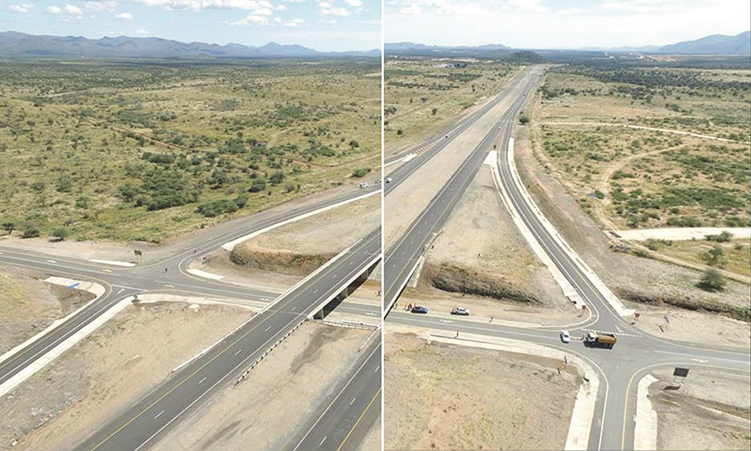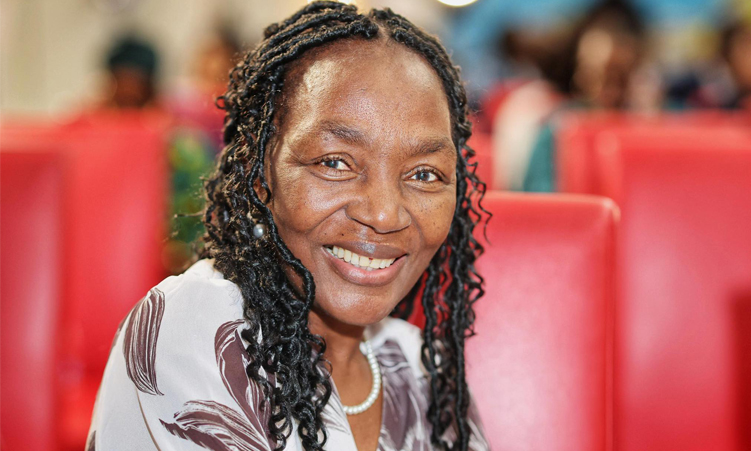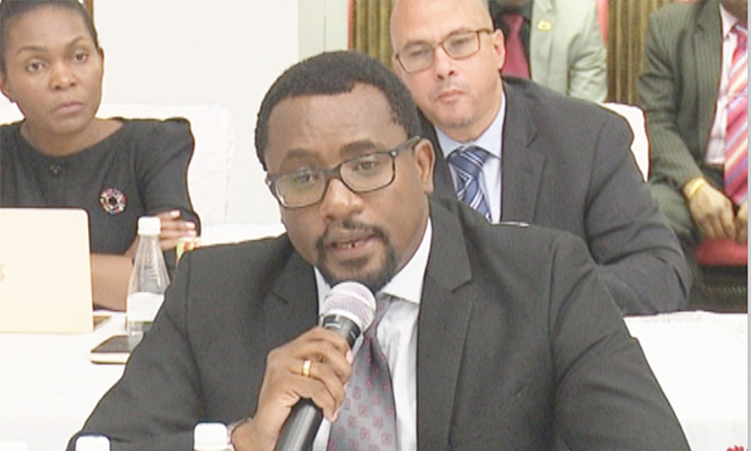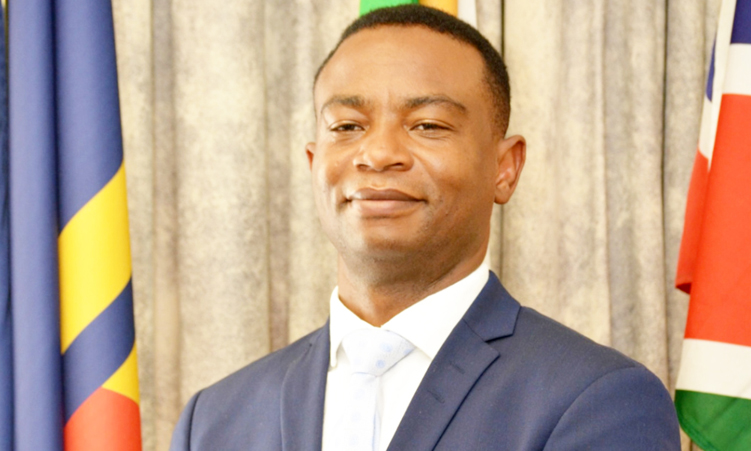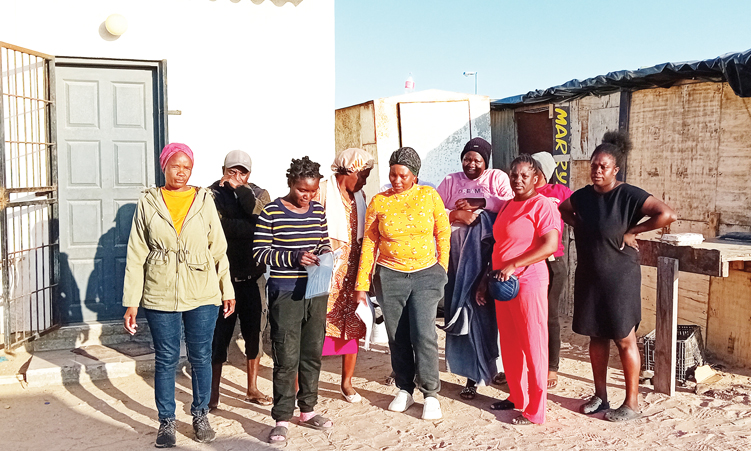As Namibia prepares for the Presidential and National Assembly elections on 27 November, some political parties are setting ambitious agendas to tackle the country’s crumbling infrastructure.
From road and rail improvements to addressing severe water shortages, they are pledging comprehensive infrastructure upgrades to support economic growth and improve citizens’ quality of life.
A recent report from Fitch Solutions points to the urgency of these promises.
“We forecast the construction industry value to increase by an annual average of 6.5% between 2024 and 2033,” Fitch says.
Critical undertakings include the Southern African Development Community (SADC) Gateway project at the Walvis Bay port and extensive developments along the coast between Walvis Bay and Swakopmund.
However, Fitch warns of ongoing challenges, particularly with transport infrastructure and emphasises government collaboration with international investors.
“Ongoing deficits across the transport infrastructure sector will see public spending directed at improving domestic logistics, with continued help from Mainland China’s investors,” Fitch says.
SWAPO’S INFRASTRUCTURE VISION
In its 2024 election manifesto, Swapo has laid out a multisectoral approach to strengthening Namibia’s infrastructure.
The party wants to accelerate the government’s current planned infrastructure projects “in the water, railway, road, education, health and housing secor to strengthen the construction sector, while addressing the potable water gap, expanding and maintaining transport, education and health infrastructure, as well as addressing the housing shortage.”
Swapo also promises to enhance Namibia’s ports, specifically those at Walvis Bay and Lüderitz, to improve trade capacity through new terminals for handling dry-bulk, break-bulk and liquid commodities.
This extends to airports, with planned upgrades at Hosea Kutako International Airport and feasibility studies for potential enhancements at the Keetmanshoop and Lüderitz airports.
Swapo also plans to revive the national airline despite economists’ scepticism.
After Swapo’s manifesto launch in September, economist Omu Kakujaha-Matundu told The Namibian no business plan or model would successfully bring back Air Namibia.
Swapo also plans to improve domestic logistics by enhancing road connectivity, including the national railway network expansion from Grootfontein to Rundu and Gobabis to Mamuno.
To streamline trade, the party proposes establishing one-stop border posts at key crossings with Botswana, Angola, and Zambia.
PDM FOCUSES
ON WATER, SPORT
The Popular Democratic Movement (PDM) is focusing on water infrastructure and sport facilities.
The party plans to build 10 state-of-the art multipurpose sport centres in Windhoek and at Swakopmund, Keetmanshoop, Oshakati, Rundu, Katima Mulilo, Opuwo, Otjiwarongo, Gobabis and Mariental by 2030.
“This will fill the critical gap the country currently experiences with stadiums and other sport facilities,” the party says.
The PDM also envisions constructing desalination plants along the coast to supply water inland.
It further plans to continue building earth dams at all villages and to install water points within 100 metres of communities, particularly in areas prone to human-wildlife conflict.
“Water scarcity poses a significant challenge to agricultural development in Namibia,” the PDM says.
Its infrastructure vision also includes creating dedicated spaces for street vendors.
“The PDM government will prohibit the confiscation of street traders’ goods and will construct markets with secure storage facilities in trading zones. This will provide a secure and organised environment for street vendors,” the party says.
LPM PROMISES HOUSING REFORMS
The Landless People’s Movement (LPM) argues that Namibia’s infrastructure development has stagnated, with roughly 40% of Namibian households still living in informal dwellings.
Its manifesto proposes empowering local authorities to address housing distribution and accelerating sanitation projects to eliminate open defecation, which affects a large portion of rural Namibia.
“Housing is a priority. Not only has the LPM already begun to attack this issue with a motion by Utaara Mootu, on affordable housing, which was passed, but we also believe local authorities should be empowered and allowed to tackle housing and the distribution of land,” LPM spokesperson Lifalaza Simataa says.
The LPM advocates using revenue from recent oil discoveries to finance infrastructure projects.
“There has already been an injection of revenue in our economy due to the oil discoveries, and it will only increase as the years progress. We would leverage the money generated by these funds,” Simataa says.
He says Namibia’s wealth has been mismanaged rather than maximised for the public’s benefit.
“There is money within the country regardless, with funds actively being returned by ministries.
It is pivotal that we recognise that Namibia isn’t a poor country and that funds are mismanaged, or there is a lack of priority on major projects of sanitation, housing or expanding markets,” he says.
NEFF’S PROMISES
A Namibia Economic Freedom Fighters (NEFF) government pledges to expand railway lines from Oshikango to the Zambezi region and review traffic fines for fairness.
The party also promises improvements to taxi ranks, roads and protections for the taxi and bus industry.
“Labour-absorptive construction methods will be employed to build quality roads, engaging local communities in sustainable road development,” the NEFF says.
For housing, the party promises subsidies for middle-income earners, housing security legislation, and the development of sustainable communities with essential services.
CHALLENGES
Namibia faces a critical need for strategic and sustainable infrastructure development.
Bärbel Kirchner, the chief executive of the Construction Industries Federation of Namibia, says decades of inadequate maintenance and insufficient investment in Namibia’s rail network and uneven planning have left much of the country’s infrastructure in disrepair.
“It is important that more emphasis is placed on maintenance and upgrading of all building and civil infrastructure, instead of exclusively focusing on new infrastructure,” she says.
She says water scarcity is a pressing issue.
“Establishing desalination plants and other alternative sources of water supply is essential . . . It is also critical that existing underground water is carefully managed and protected, like the Stampriet Artesian Basin,” she says.
There is also a need to upgrade existing sewer works and constructing new sanitation facilities.
Kirchner is calling for urgent investment in healthcare facilities, schools and affordable housing.
“It is essential to integrate housing development into broader infrastructure planning.
This would allow local contractors to engage in housing projects that provide both social and economic value, benefiting communities while enabling industry sustainability,” she says.
LOCAL CONTRACTORS
Kirchner says local contractors have the expertise, capacity and competitiveness needed to deliver quality work.
“By prioritising the use of local contractors in building and civil infrastructure projects, Namibia can develop a sustainable, resilient industry capable of supporting long-term national growth,” she says.
She raises concerns over the absence of a construction council in Namibia, a regulatory body that she says is essential for maintaining standards in the construction industry.
Kirchner says the lack of regulation encourages ‘tenderpreneur’ practices.
“A construction council would ensure that contractors are qualified, that the size of projects is aligned with the capacity of contractors and that public resources are safeguarded.”
Stay informed with The Namibian – your source for credible journalism. Get in-depth reporting and opinions for
only N$85 a month. Invest in journalism, invest in democracy –
Subscribe Now!




